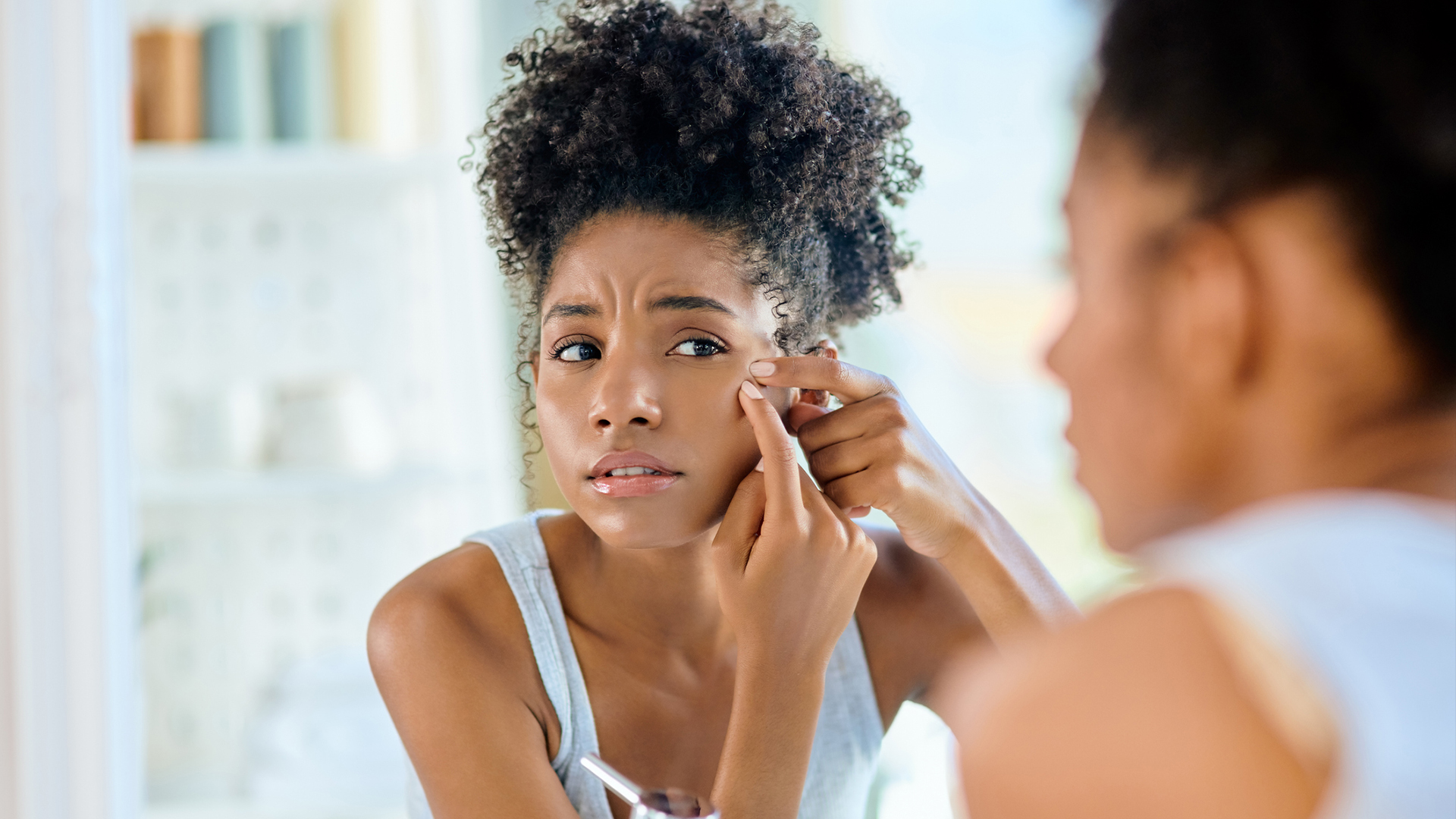In an age of heightened external stressors and maskne, pimple patches are the answer that we’ve all been searching for. Pimple patches are small translucent stickers made of a wound healing gel called hydrocolloid. This gel works by absorbing the toxins trapped under the skin, while also protecting the area from external bacteria, sunlight, and face picking. By covering the skin and providing hydrocolloid to the area, the chances of scarring is strongly reduced, and the skin’s healing process is greatly accelerated.
When reaching for pimple patches it's important to keep in mind that they are solely aimed at treating surface level acne, this includes pus-filled bumps, blackheads and whiteheads. Pimple patches are not made to target cystic acne, acne that is deeper within the skin. This type of acne will most likely require much stronger treatment, such as cortisol injections administered directly by a dermatologist.
It’s also important to remember that pimple patches are used for treating acne rather than preventing it.
New York City dermatologist Rachel Nazarian explains, “A pimple patch is a backup when acne happens despite our best efforts. But because they aren’t preventative, using patches as your monotherapeutic approach means you’ll never actually stop breaking out.” One must have already built a preventative regimen which includes properly cleansing, exfoliating and moisturizing the skin to “proactively decrease breakouts.”
So how can we properly integrate pimple patches into our skincare regimen?
Well, first you must choose the right one to target your breakout. When shopping, be mindful to choose a pimple patch that “closely aligns with the size of your pimple, so you’re not covering too much normal skin that can be irritated by certain ingredients.” Hydrocolloid is always a hallmark ingredient that you want to search for, and other ingredients such as tea tree, calendula and hyaluronic acid can also be extremely helpful for reducing the pimple’s size and redness.
As for use, keep in mind that it's always most effective to reach for your pimple patch when you first see a red or tender spot forming. Make sure to always apply your patch on dry skin – and if you’ve happened to pick your spot, leading it to ooze and bleed, be sure to cleanse the area before you apply the patch. From here, be sure to leave it on for the recommended time on the package – most pimple patches usually require about six to eight hours to work. And when you peel it off, you should notice a significant reduction in the breakout’s redness and size.
Most people choose to use their pimple patches over night but if you’re someone who’s constantly on the go, or someone who suffers from maskne, you can even wear your patches under your mask. This also poses a helpful option because it protects breakouts from irritants such as bacteria, humidity, and constant friction that can inflame the area; while still allowing you to get the full six to eight hour wear needed – without anyone noticing.
So here’s your cue sis, grab those pimple patches.
